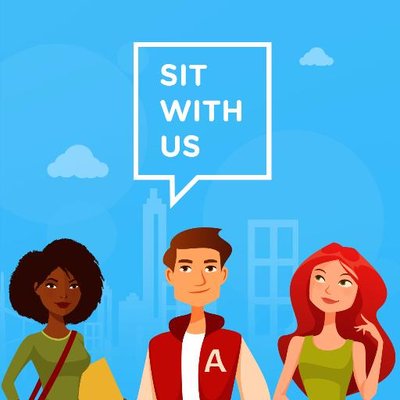Compared to some of the other social and emotional learning (SEL) strengths, there’s limited research on courage. For some psychologists, however, what defines courage is clear: To be courageous is to identify a meaningful goal and make the choice to reach it, despite personal risk. But what’s “meaningful”? Values vary widely, and some who might feel they’re exhibiting courage instead exhibit what Cynthia Pury calls “bad courage,” which she describes as “bravery in pursuit of goals that result in the destruction of oneself or of other people.”
For our kids, it’s important that they not only stand up for their convictions but also think critically about what’s right and fight for equity and justice for all people. By being critical, courageous, confident and independent, kids can change their schools and the world, emerging as better decision-makers more prepared to face adversity and support and defend uncommon — yet just — views.
Check out these picks to help kids find and amplify their unique voices.
This social app, created by a teen, takes a stand against bullying and helps kids find a seat at lunch. If used regularly in a school, students can break out of their traditional friend groups and search for new, welcoming tables. Students can take it further by becoming ambassadors and leaders who host open lunches for others. Kids can be a force for change with this tool, breaking down the barriers between peers who normally don’t interact with each other.
By starting HPA chapters, students can work with supportive communities to do good workand make the world a better place. This non-profit organization hosts online campaigns and events that encourage kids to take action on social issues such as gender equality and literacy. Students can even attend Wizard Activist School to help them build the skills necessary to lead and empower others. Through skill-building and community, kids will be able to tackle social justice head-on.
In this online community, kids can explore provocative issues such as homelessness or racism and then create poems, stories, and video conversations to argue their point of view. Students can rally others to comment on their message and start an online discussion. By providing an authentic audience for student writing, this social network can help students connect to young writers with various interests and build a portfolio of independent thought.
inspirED acts as a resource for lessons that build social and emotional skills and promote a student-led community in schools. Along with the uplifting activities that give students strategies for feeling more energized and empowered, teachers can help students organize an inspirED team. This team can work together to make an impact on the entire school community; kids can come together and blend their unique voices to lead the school in positive change.
This article’s content is an extension of the We All Teach SEL blog series from Common Sense Education. Check it out for a complete look at social and emotional learning in the classroom.




You need to be a member of School Leadership 2.0 to add comments!
Join School Leadership 2.0